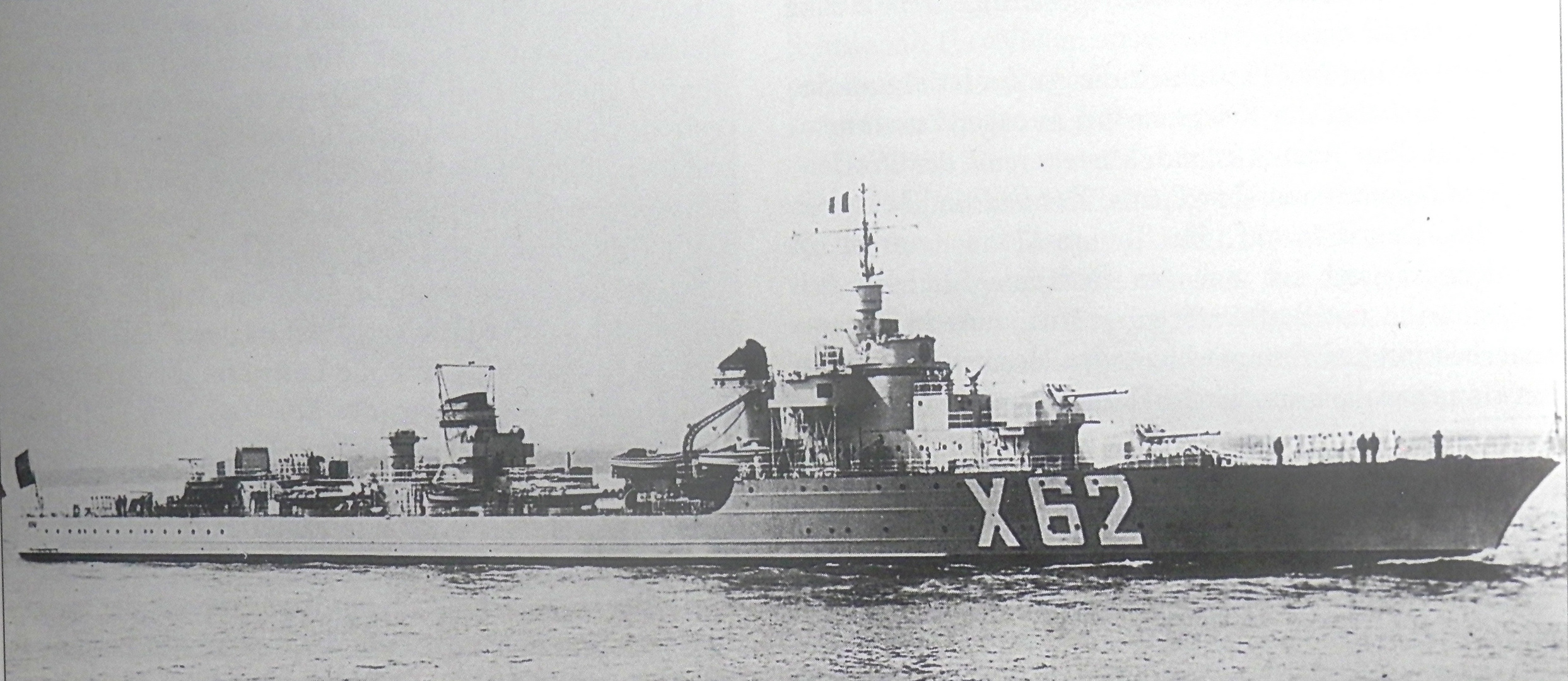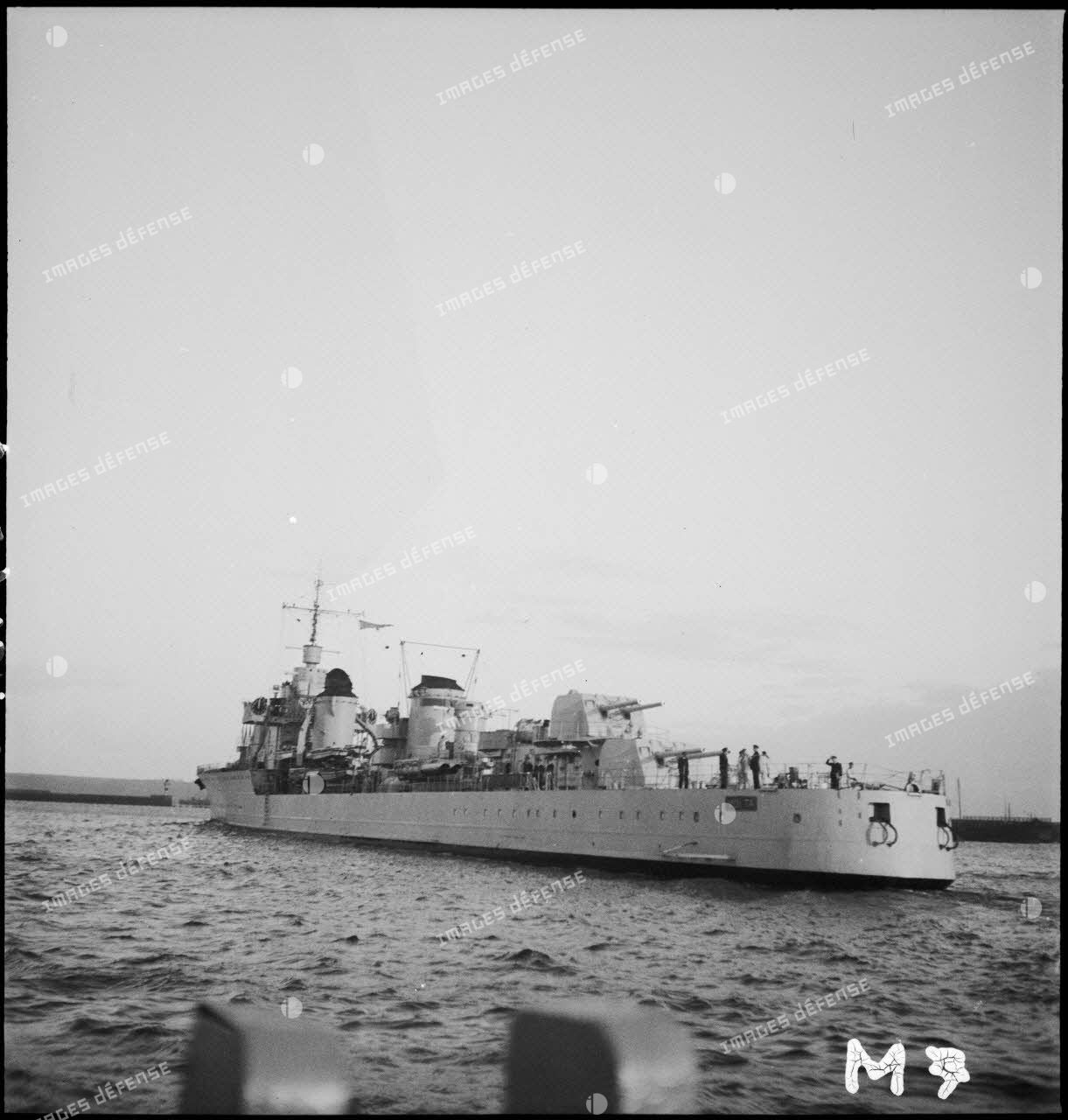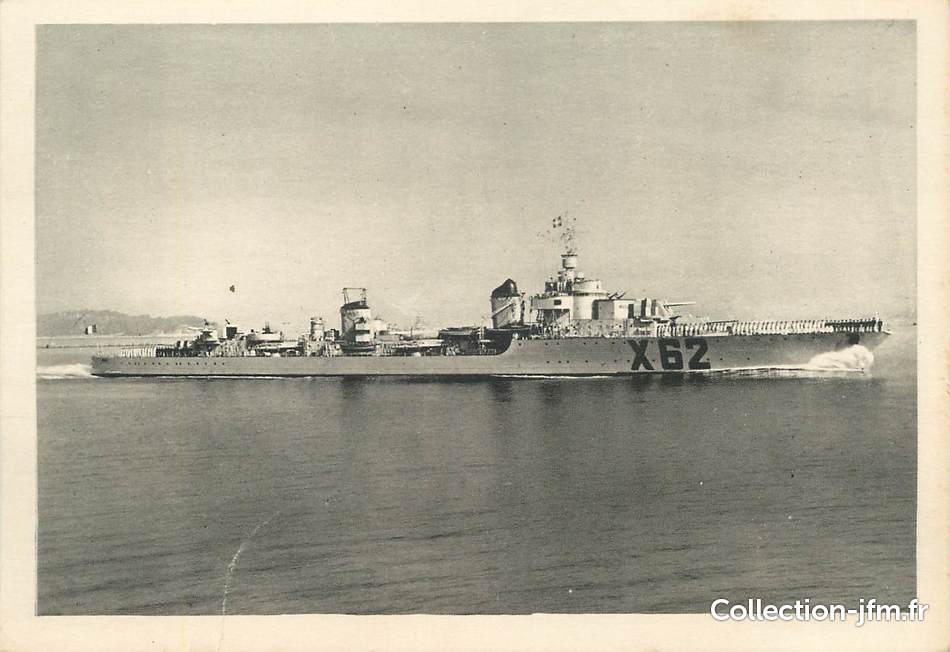- Yes
- No
About Volta and its interest in War Thunder
The Mogador class is one of the last French made destroyers that still aren’t in the French tech tree. Beyond that, they’re the biggest and most powerful destroyers built by the French navy before WW2, and despite their flaws and shortcomings, they’re still an interesting gap filler between destroyers and light cruisers, benefitting from good speed and good artillery.
Volta here was chosen instead of Mogador because it was the only ship of the class to benefit from an AA overhaul in 1941/42, since Mogador was heavily damaged during the attack of Mers el Kébir and was still under repairs during the scuttling of the fleet in November 1942.
About the Mogador class
During the 1920’s the French navy was trying to find a way to rebuild a fleet with more modern equipment and tactics. Although the Washington treaty had limited the size of its fleet and the scope of its modernisation, anti-sub warfare combined with a radical change of doctrine drove the navy to focus on the construction of brand new versatile ship that would act as much as destroyers as they would light cruisers. From this idea came the contre-torpilleur, or super destroyers. After several generations of contre-torpilleurs, the idea of a destroyer leader that could spearhead the escort of fast battleships (at this time, the Dunkerque class) gave birth to an even bigger destroyer, capable of destroying any warship smaller than a cruiser : the new Mogador class. Two ships were built, the Mogador, and the Volta.
Volta, the contre-torpilleur concept pushed to its limits
Benefiting from superior armament compared to its predecessors, with four twin turrets , a 40 knots speed and torpedo tubes on each sides of the ship, they reached 3000 to 4000 tons, despite numerous arrangements to limit the weight. The enhancements compared to the Fantasque class however made them much better high sea ships than the previous contre torpilleur classes, more stable and capable of reaching 34 knots even in moderate sea state. During its tests, Volta was able to sustain the speed of 41.63 knots (77 kph) for an hour. Its sister ship, Mogador, reached a sustained speed of 43.45 knots (80 kph).
The Mogador class had two major flaws however. First, the electric system of the ship wasn’t powerful enough to generate enough current for the multitude of machinery and guns on the ship. Sacrifices were made in order to cram a light cruiser inside a destroyer, and this resulted in slowed down equipment, especially the turrets and the rudder, which impacted the ships manoeuvrability. The other big flaw was the poorly designed turrets, which proved disastrous during the first trials of the ship. Ultimately, after numerous corrections, a max rate of fire of 9 round per minutes for each guns was achieved, but hardly in sustained fights. the difficulties encountered demanded a complete overhaul, that could never be made as the war ended the development of new loading systems.
Volta first escorted convoys in the Atlantic to protect them from German commerce raiders. it joined after that British forces to hunt (unsuccessfully) the Gneisenau and Scharnhorst battleships. After an overhaul and refit in Brest, it left Brest during the Battle of France, and joined with its sister ship the Force de raid fleet in Mers el Kebir, where it was attacked by the British navy in July. During the battle, it fired 88 shells at British destroyers, in what was, according to its captain, “the best performance of its career”. It then safely escorted battleship Strasbourg to Toulon. It was there that it remained, enhanced with a new AA platform in 1941, until its demise in 1942, as it was scuttled with the rest of the fleet during operation Anton.
General Characteristics :
Tonnage: 2997 tons (standard) - 4018 tons (max overload)|
Length: 137.5 m
Beam: 12.57 m
Draught: 4.74 m
Propulsion: Rateau Bretagne steam turbines - 92 000 HP
Max Speed : 41.63 knts (77.09 kph)
Range: 4345 nautical miles at 15 knots - 1780 nautical miles at 28 knots
Crew : 284 men
Armament (summer 1940) :
-
8 x 138mm mle 1934 canons (4 x 2)
-
2 x 37mm mle 1933 AA canons ( 1 x 2 )
-
4 x 13.2 mm Hotchkiss mle 1929 MGs (2 x 2)
-
10 x 550mm mle 1924 TLT (2 x 3 + 2 x 2)
-
2 x depth charges racks (32 x 100kg and 200kg DC) + 40 mines
Armament (Volta, after refit in 1941) :
-
8 x 138mm mle 1934 canons (4 x 2)
-
2 x 37mm mle 1933 AA canons ( 1 x 2 )
-
2 x 25mm Hotchkiss AA guns (2 x 1)
-
4 x 13.2 mm Hotchkiss mle 1929 MGs (2 x 2) + 4 x 13.2mm Browning MGs (4 x 1)
-
8 x 7.5mm Darne machineguns (8 x 1)
-
OPL 1m rangefinders added
-
10 x 550mm mle 1924 TLT (2 x 3 + 2 x 2)
-
2 x depth charges racks (32 x 100kg and 200kg DC) + 40 mines
PHOTOS :
Plans :
icono.maison-hommes-techniques.fr/idviewer/776/1
Photos :
Sources :
J. Lassaque, Les contre-torpilleurs de 2880 tonnes du type Mogador, London/Bourg-en-Bresse, Marines éditions, 1996, 96 p.
Jordan, John (2007). “The Contre-Torpilleurs of the Mogador Class”. In Jordan, John (ed.). Warship 2007 . London: Conway. pp. 45–60.





